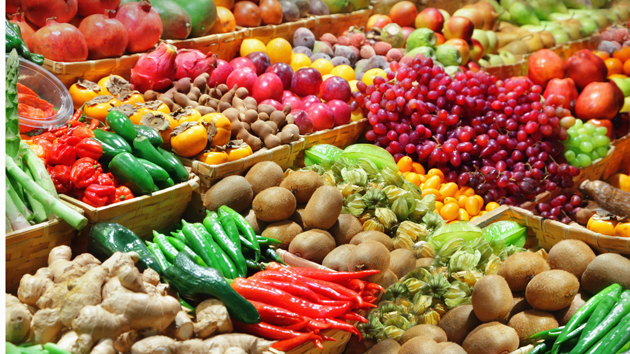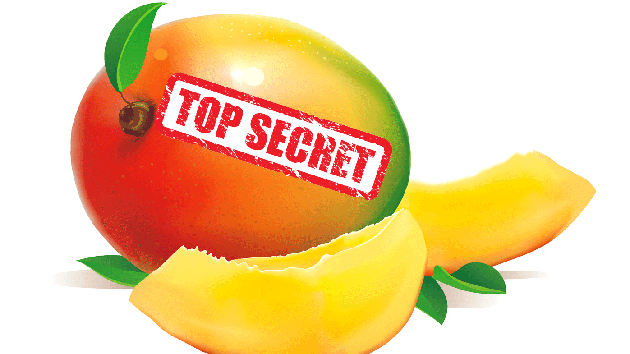
<a href="http://www.shutterstock.com/gallery-101466p1.html">Adisa</a>/Shutterstock
Bring out the carrots! According to a new report from the the Centers for Disease Control and Prevention, only about 13 percent of Americans eat enough fruit, and 9 percent eat enough vegetables.
Researchers analyzed data from a 2013 study of nearly 400,000 adults across the country, and compared their answers to the US Department of Agriculture’s daily intake recommendations. The guidelines suggest that adults who work out less than 30 minutes per day eat about 1.5 to 2 cups of fruit per day and 2 to 3 cups of vegetables. (A cup of fruit is equivalent to a small apple, a cup of vegetables is about a dozen baby carrots.)
The vast majority of Americans didn’t make the cut, though answers did vary state by state. States in the South tended to have the lowest level of consumption, with only 5.5 percent of adults in Mississippi meeting veggie recommendations and 7.5 percent of adults in Tennessee eating enough fruits. States on the coast fared slightly better, with California topping both lists.
Latetia Moore, the lead author, says that in order to improve the rates, fruits and vegetables must be more affordable and convenient to buy. “Fruits and vegetables need to be competitively priced, strategically placed, and creatively promoted wherever we obtain our food,” she wrote in an email. Particularly important to target, she said, are child care facilities, schools, and work sites.
















